Unveiling Odisha Handloom's finest Sambalpuri & Pasapalli Silk Sarees
The Timeless Beauty of Sambalpuri Handloom Silk Sarees: A Journey Through Odisha's Weaving Heritage
Sambalpuri sarees, particularly the iconic Pasapalli sarees, have long been cherished for their exquisite craftsmanship, intricate designs, and rich cultural significance. These handwoven masterpieces from the Sambalpur region of Odisha, India, have captured the hearts of saree enthusiasts worldwide. Let's delve into the fascinating history, unique characteristics, and diverse range of Sambalpuri handloom silk sarees.
The History of Sambalpuri Sarees
The origin of Sambalpuri sarees can be traced back to the 12th century during the reign of the Chauhan dynasty in western Odisha. The art of weaving these sarees has been passed down through generations, with weavers using traditional techniques and natural dyes to create stunning pieces of wearable art.
The Fame of Pasapalli Sarees
Among the various types of Sambalpuri sarees, the Pasapalli saree stands out for its distinctive chequered pattern, known as the "Pasapalli" design. This geometric pattern is created by interlacing warp and weft threads in a specific manner, resulting in a mesmerizing visual effect. The Pasapalli saree gained international recognition when it was worn by the former Indian Prime Minister, Indira Gandhi, during a visit to the United States in the 1980s.
The Specialty of Pasapalli Silk Handloom
What sets Pasapalli silk handloom sarees apart is the use of pure mulberry silk threads, which lend an unparalleled lustre and drape to the sarees. The handloom weaving process allows for intricate designs and a level of craftsmanship that cannot be replicated by machines. Each saree is a testament to the skill and dedication of the weavers who create these works of art.
Types of Sambalpuri Sarees
Sambalpuri sarees come in a variety of styles, each with its own unique charm:
-
Pasapalli Sarees: Known for their chequered pattern, these sarees are available in a range of colors and designs.
-
Bomkai Sarees: These sarees feature intricate borders and pallus with traditional motifs like flowers, animals, and temple designs.
-
Ikat Sarees: Created using the tie-and-dye technique, Ikat sarees showcase a unique blurred effect in their patterns.
-
Sambalpuri Bandha Sarees: These sarees are known for their tie-and-dye patterns, which are created by tying and dyeing the threads before weaving.
Famous Saree Motifs in Handloom Sarees
Sambalpuri handloom sarees are renowned for their vibrant motifs, which often depict elements of nature, mythology, and daily life. Some popular motifs include:
-
Phula (flower): Floral patterns are a common sight in Sambalpuri sarees, with intricate designs showcasing the beauty of nature.
-
Mayura (peacock): The graceful peacock is a beloved motif in Sambalpuri sarees, often depicted in intricate designs.
-
Kalasha (temple pot): This auspicious motif symbolizes abundance and is often featured in the borders and pallus of Sambalpuri sarees.
Famous Handloom Sarees of Odisha
Apart from Sambalpuri sarees, Odisha is home to several other renowned handloom sarees:
-
Bomkai Sarees: These sarees, originating from the Bomkai village in Ganjam district, are known for their intricate borders and pallus.
-
Kotpad Sarees: These sarees, from the Koraput district, are known for their use of natural dyes and traditional tribal motifs.
-
Khandua Sarees: These sarees, from the Cuttack and Jajpur districts, feature intricate Ikat patterns and are often worn during festivals and weddings.
Why People Wear Handloom Silk Sarees
Handloom silk sarees are cherished for their unparalleled elegance, comfort, and cultural value. The natural properties of silk make these sarees breathable and comfortable to wear, even in warm weather. The handloom weaving process ensures that each saree is unique, with slight variations in design and color that add to its charm. Moreover, by wearing a handloom silk saree, one supports the livelihood of skilled artisans and helps preserve the rich weaving heritage of India.
Rare and Limited Combination Sarees
Some Sambalpuri sarees feature rare and limited combination designs that showcase the creativity and innovation of the weavers. These sarees often combine different weaving techniques, motifs, and color palettes to create one-of-a-kind masterpieces.
Identifying a Handloom Saree
To ensure that you are buying an authentic handloom saree, look for the following characteristics:
-
Slight Irregularities: Handloom sarees may have slight irregularities in the weave, which are a sign of their handcrafted nature.
-
Selvedge: Handloom sarees have a tightly woven selvedge (the edge of the saree), which is not found in machine-made sarees.
-
Texture: Handloom sarees have a unique texture that is different from machine-made sarees, due to the use of natural fibers and handloom weaving techniques.
The Making of Handloom Sarees
The process of creating a handloom saree is a labor of love that involves several stages:
-
Yarn Preparation: The silk threads are carefully selected, cleaned, and dyed using natural or chemical dyes.
-
Warping: The dyed threads are wound onto the loom in a specific order to create the desired pattern.
-
Weaving: The weaver skillfully interlaces the warp and weft threads using a handloom, creating the intricate designs and patterns that Sambalpuri sarees are known for.
-
Finishing: The completed saree is carefully inspected, washed, and ironed to ensure its quality and durability.
Different Types of Saree Materials
While Sambalpuri sarees are primarily made of silk, there are various other materials used in saree weaving across India:
-
Cotton: Cotton sarees are lightweight, breathable, and perfect for everyday wear.
-
Silk: Silk sarees, like Sambalpuri sarees, are known for their lustre, drape, and richness.
-
Georgette: Georgette sarees are lightweight, flowy, and ideal for formal occasions.
-
Chiffon: Chiffon sarees are sheer, lightweight, and have a graceful drape.
-
Crepe: Crepe sarees have a slightly crinkled texture and are known for their ease of maintenance.
Sambalpuri handloom silk sarees are more than just garments; they are a celebration of Odisha's rich weaving heritage, the skill of its artisans, and the timeless beauty of traditional Indian craftsmanship. By owning and wearing a Sambalpuri saree, you become a part of this living legacy, preserving and promoting the art of handloom weaving for generations to come.
In a world dominated by mass-produced fashion, Sambalpuri sarees offer a refreshing alternative – a way to embrace slow fashion, cherish the work of skilled artisans, and celebrate the diversity of Indian textile traditions. Each saree tells a story, from the intricate motifs that adorn its surface to the generations of weavers who have passed down their knowledge and techniques.
At Priyadarshini Handloom, we take pride in offering an exquisite collection of authentic Sambalpuri handloom silk sarees, each carefully crafted by skilled artisans using traditional techniques and the finest silk threads. Our sarees showcase a wide range of designs, from classic Pasapalli patterns to innovative contemporary motifs, catering to the diverse tastes of saree enthusiasts worldwide.
When you choose a Sambalpuri saree from Priyadarshini Handloom, you not only adorn yourself with a piece of art but also support the livelihoods of the weavers and their families, contributing to the preservation of this invaluable craft. We invite you to explore our collection and discover the perfect Sambalpuri saree that speaks to your style and values.
Let us celebrate the timeless beauty of Sambalpuri handloom silk sarees and the incredible artisans who weave magic into every thread. By embracing these handcrafted treasures, we not only enrich our wardrobes but also play a part in preserving the rich tapestry of India's textile heritage for generations to come.


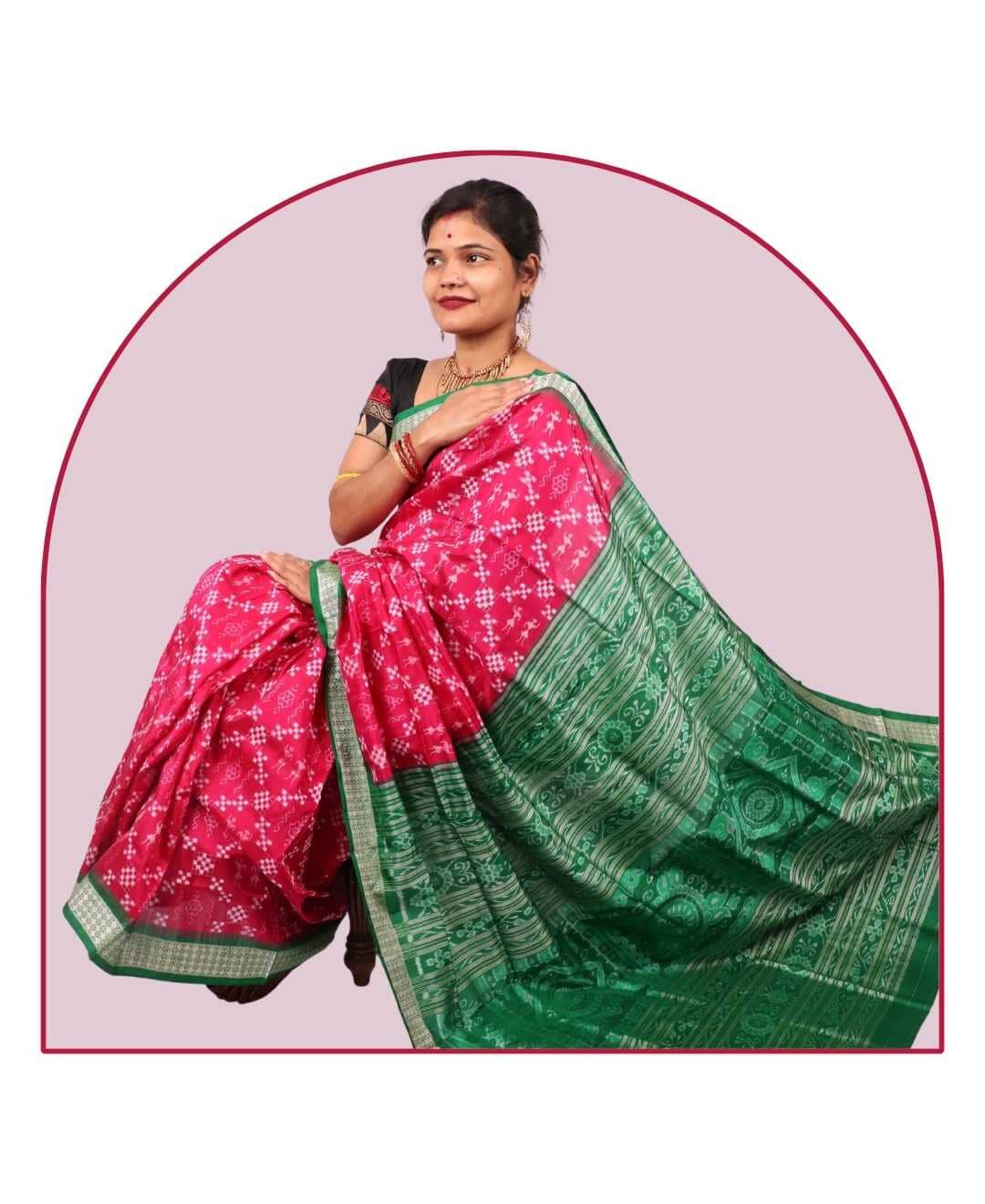
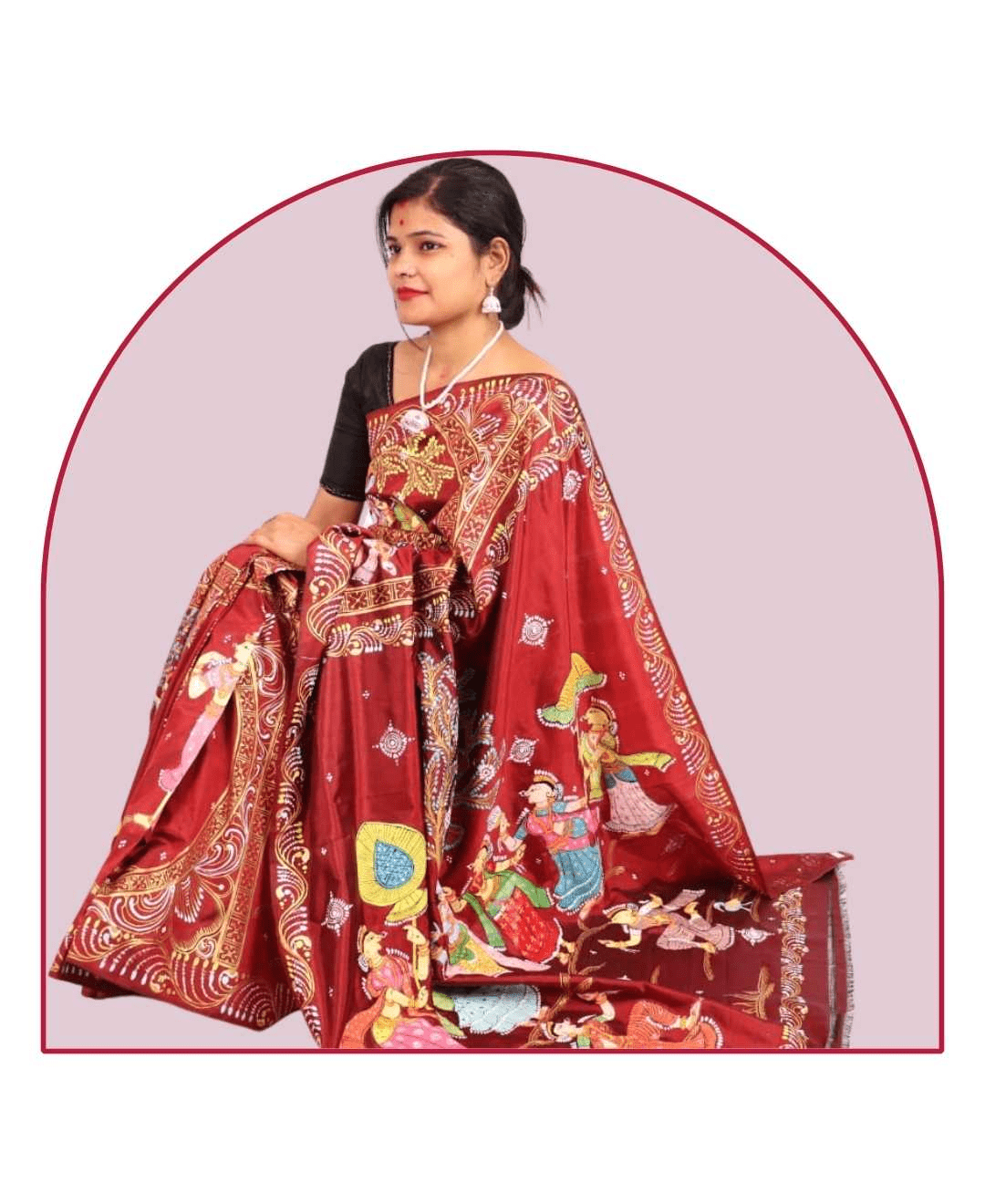
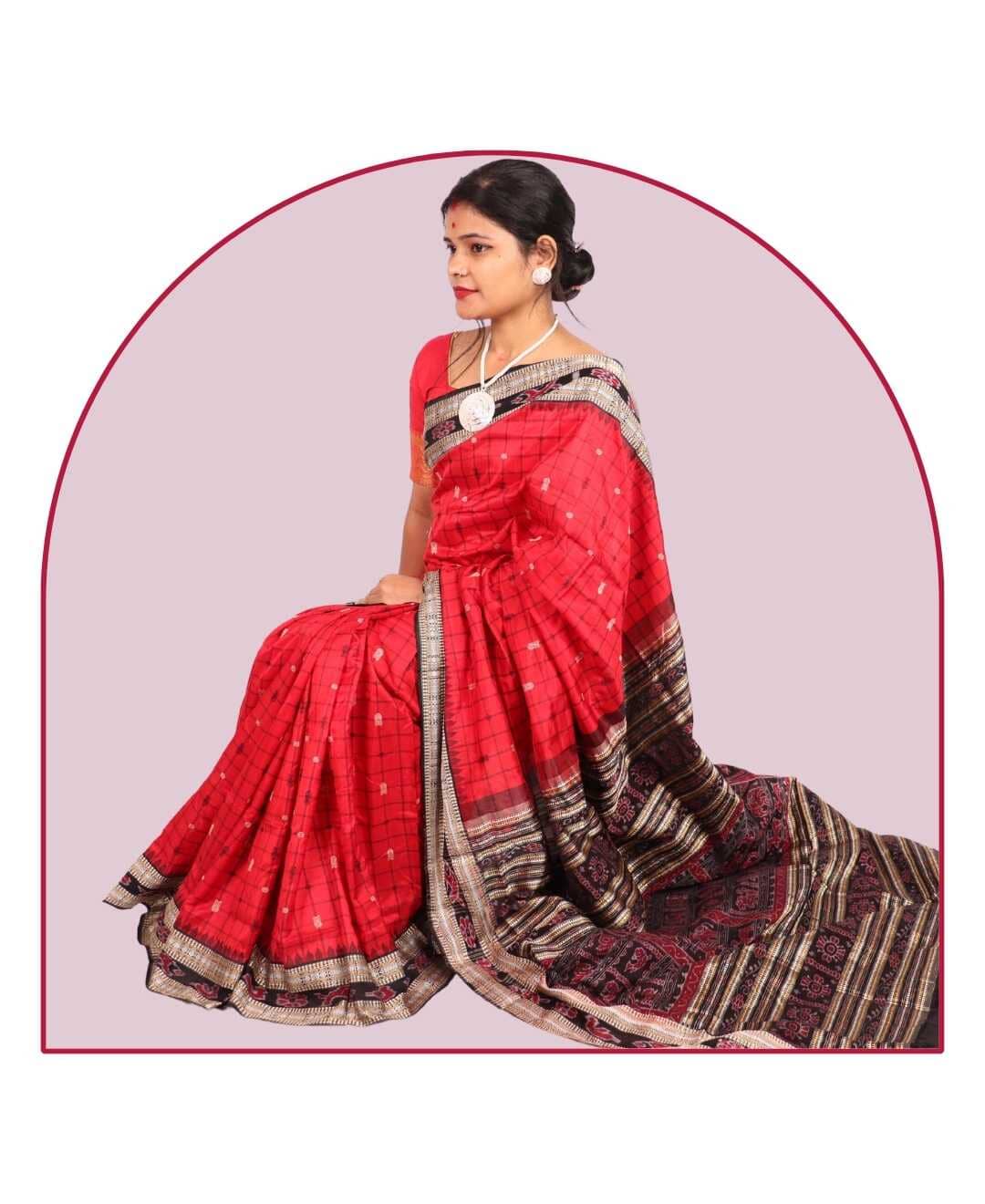
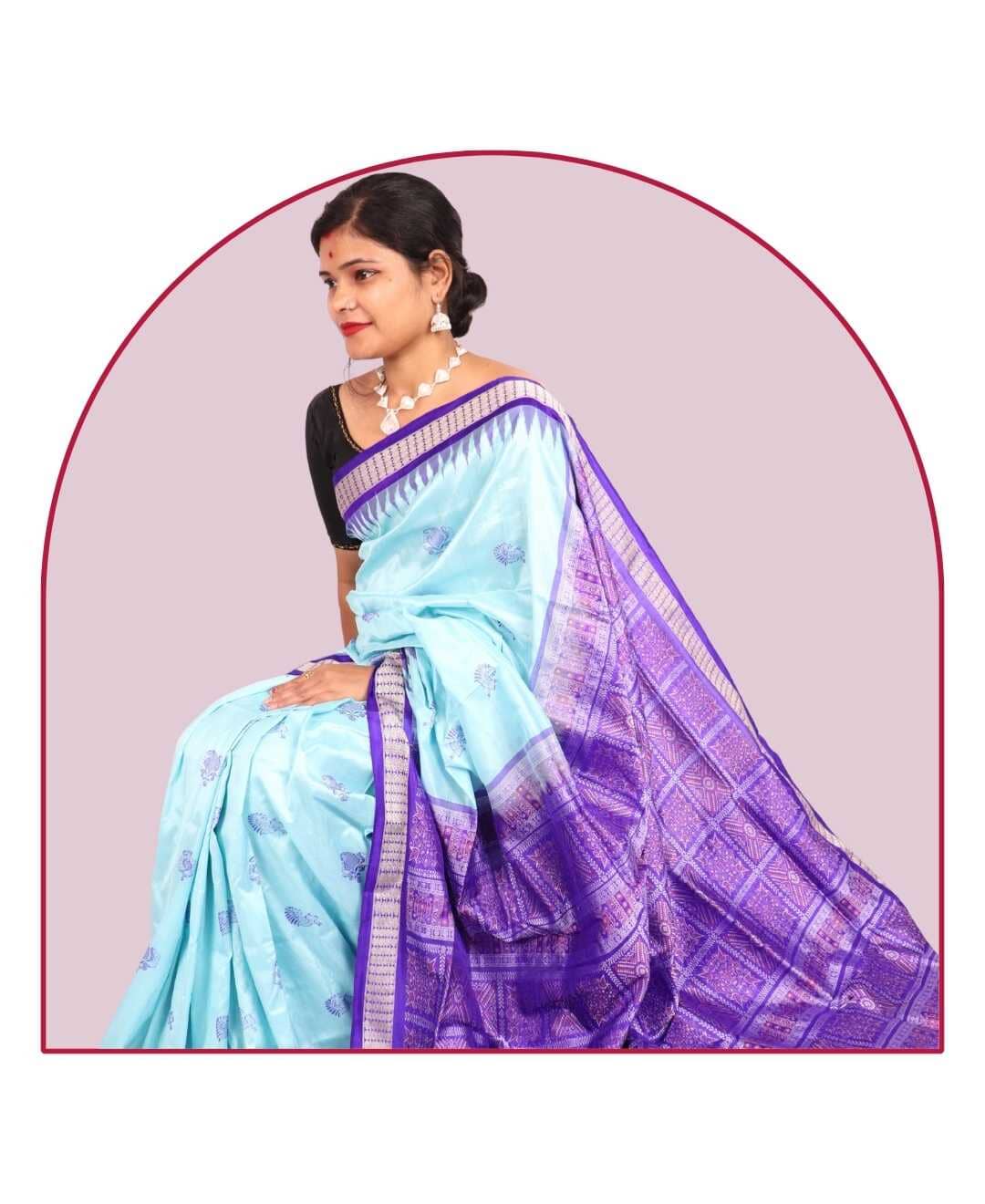
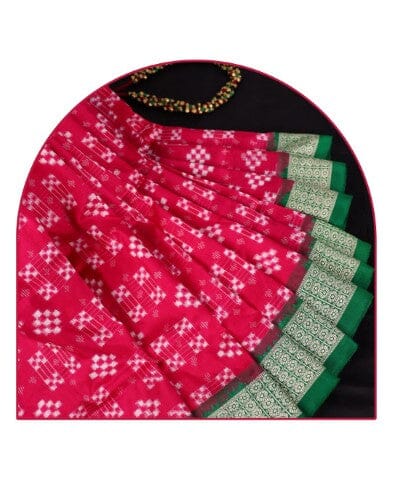
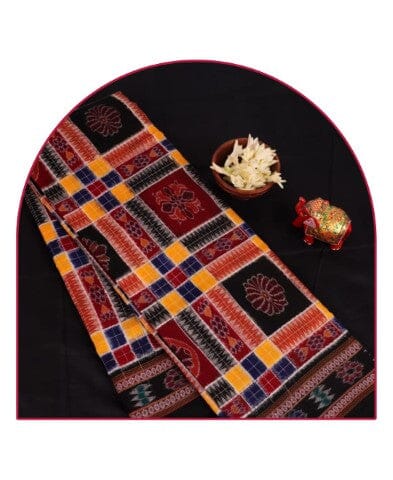
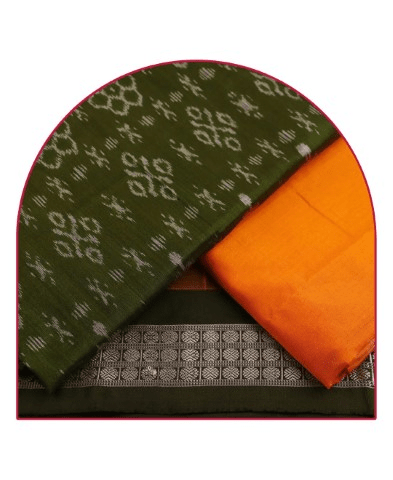
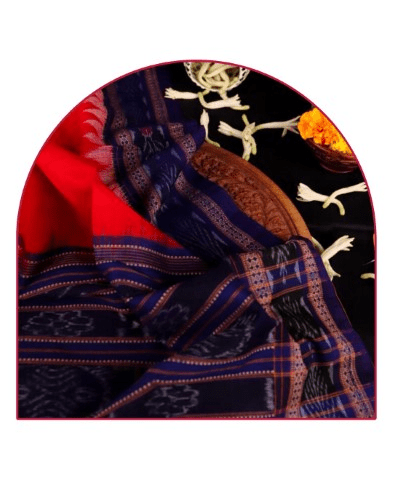
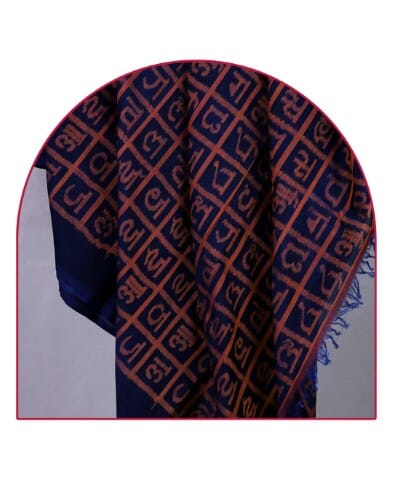
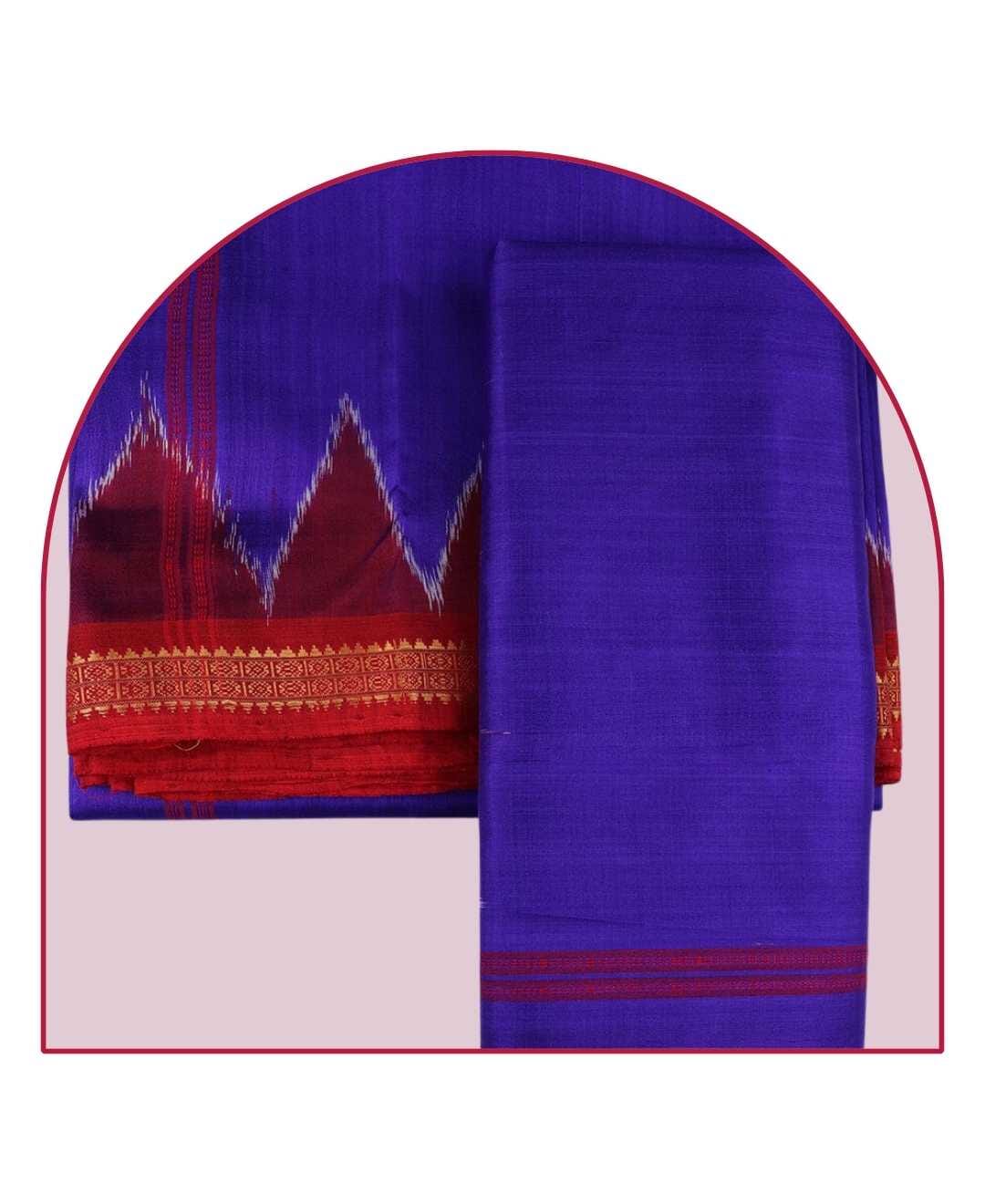

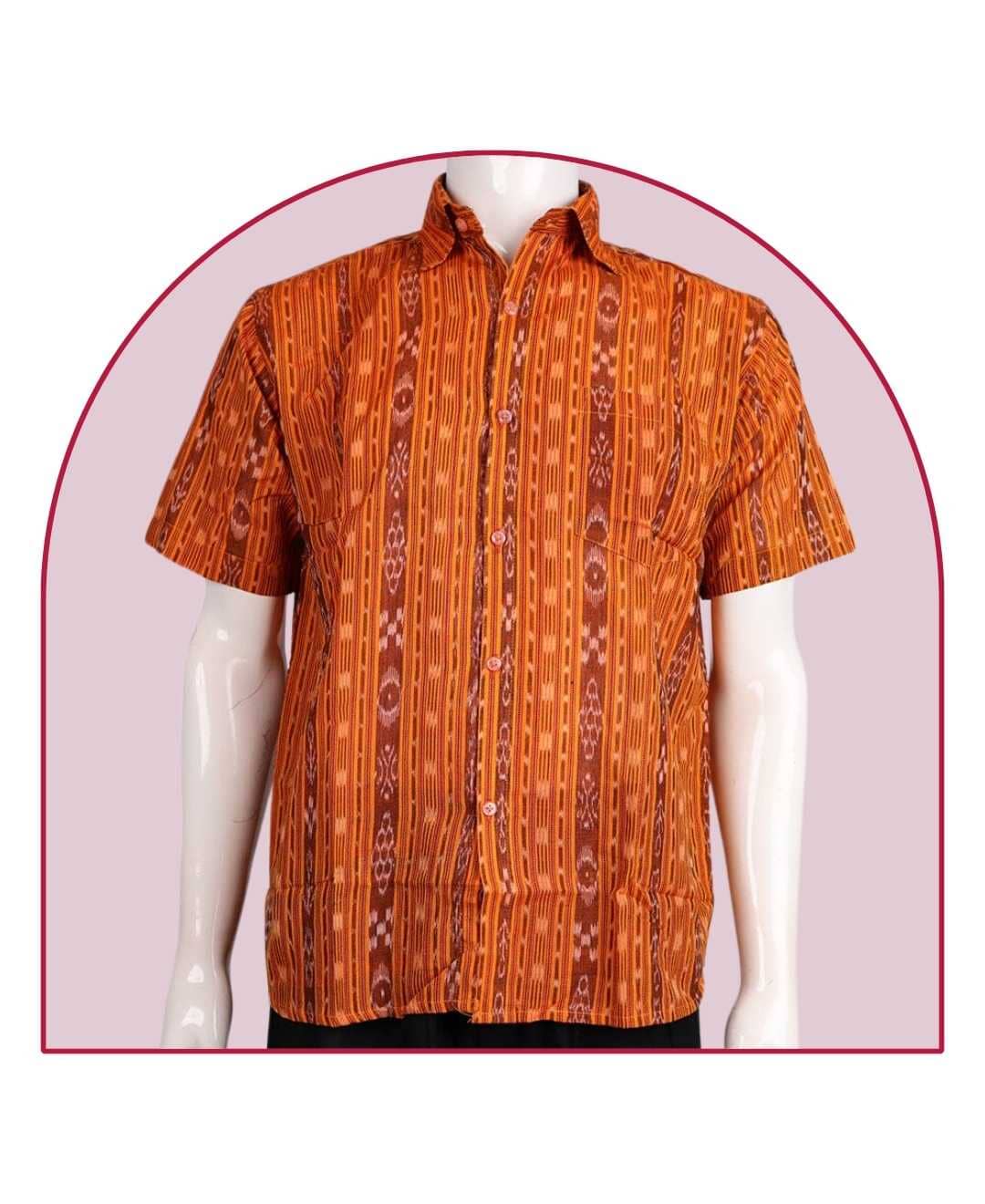
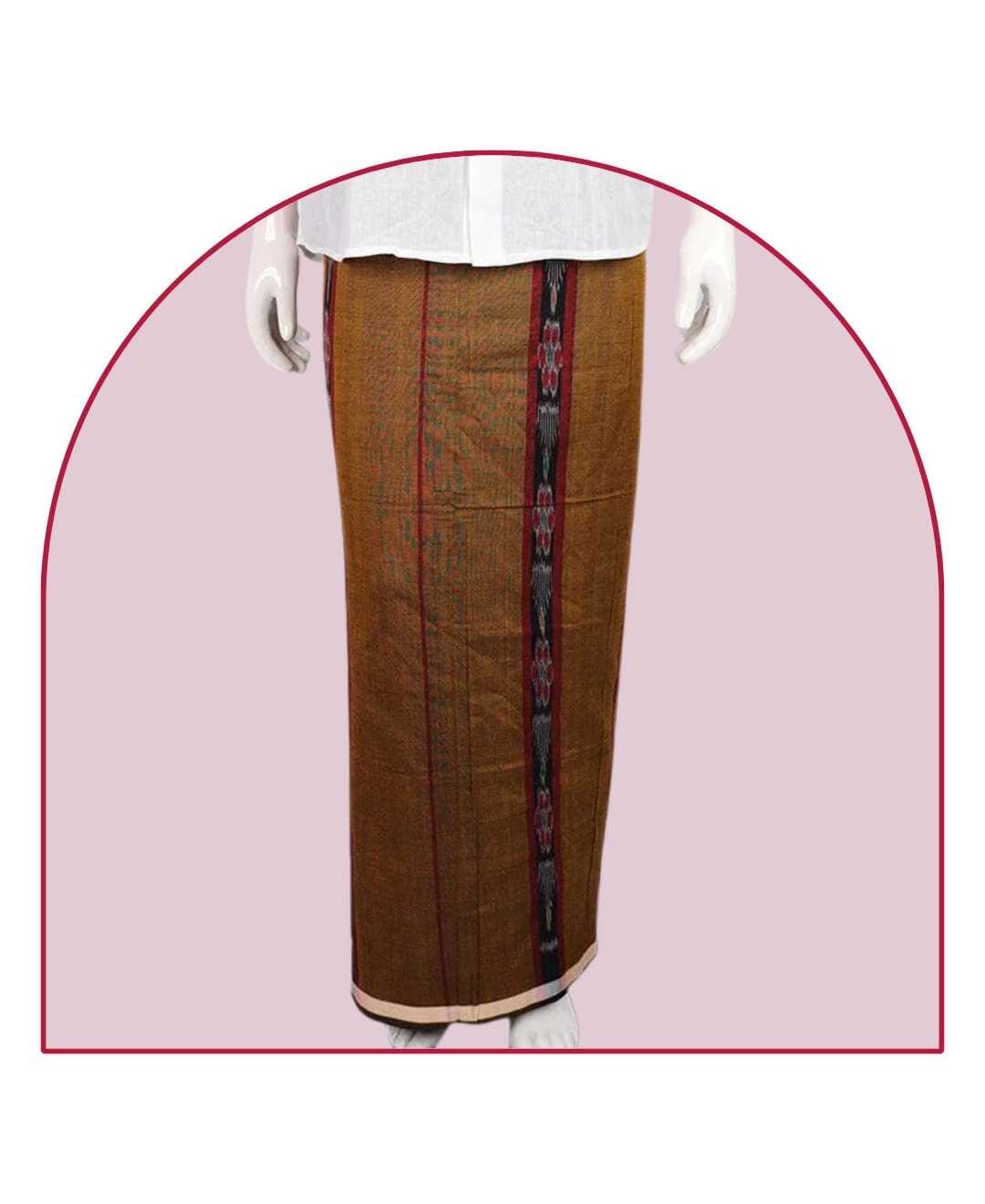



















Leave a comment